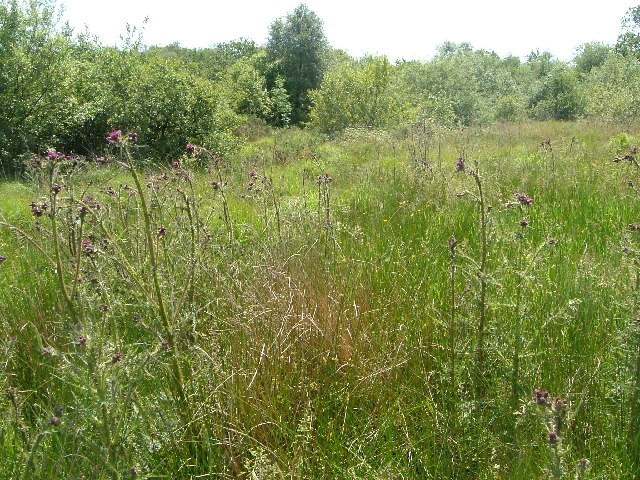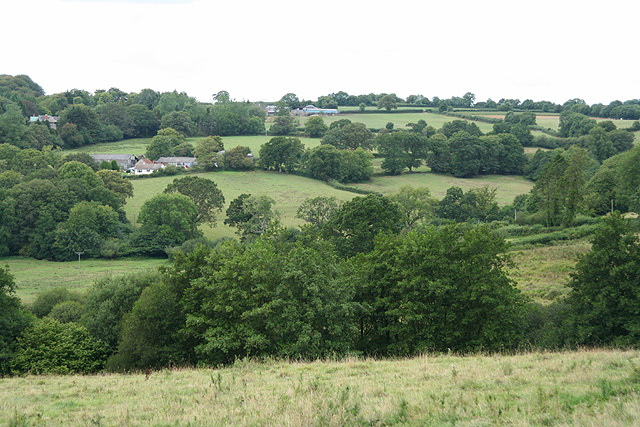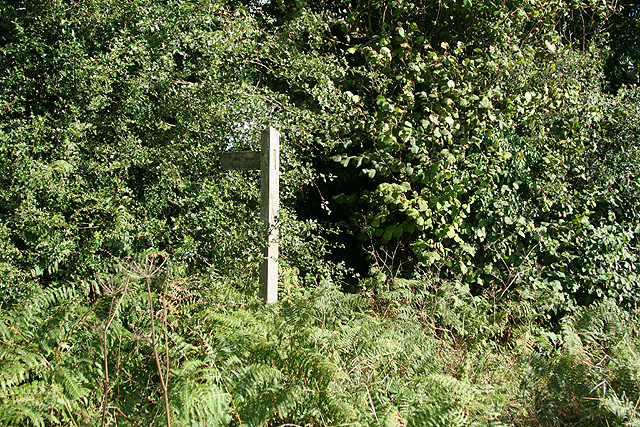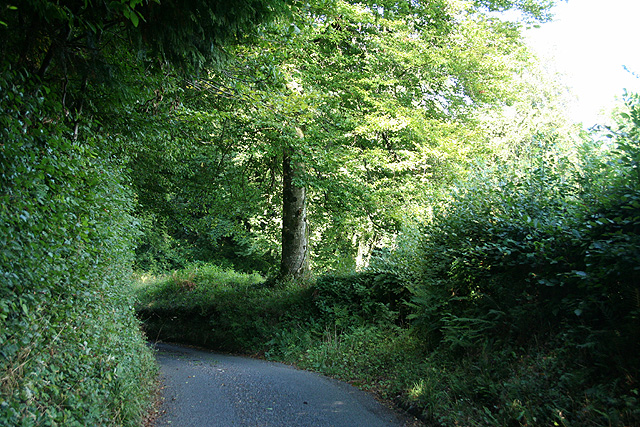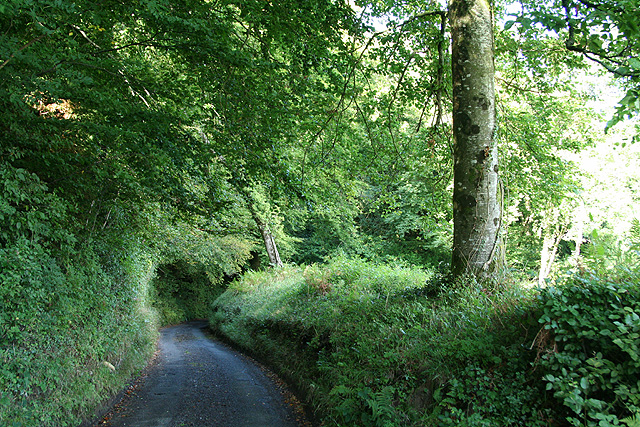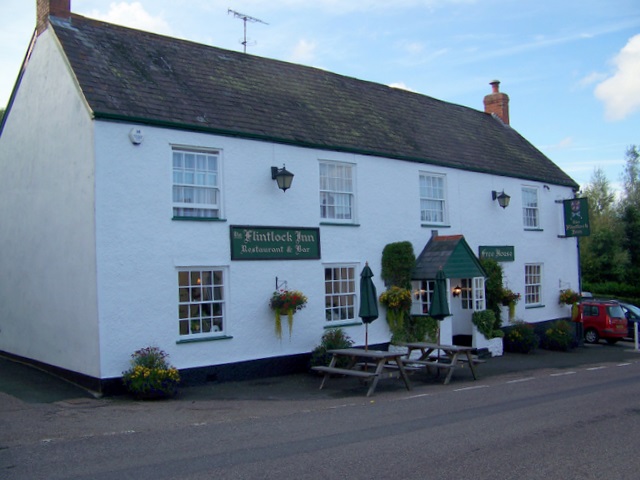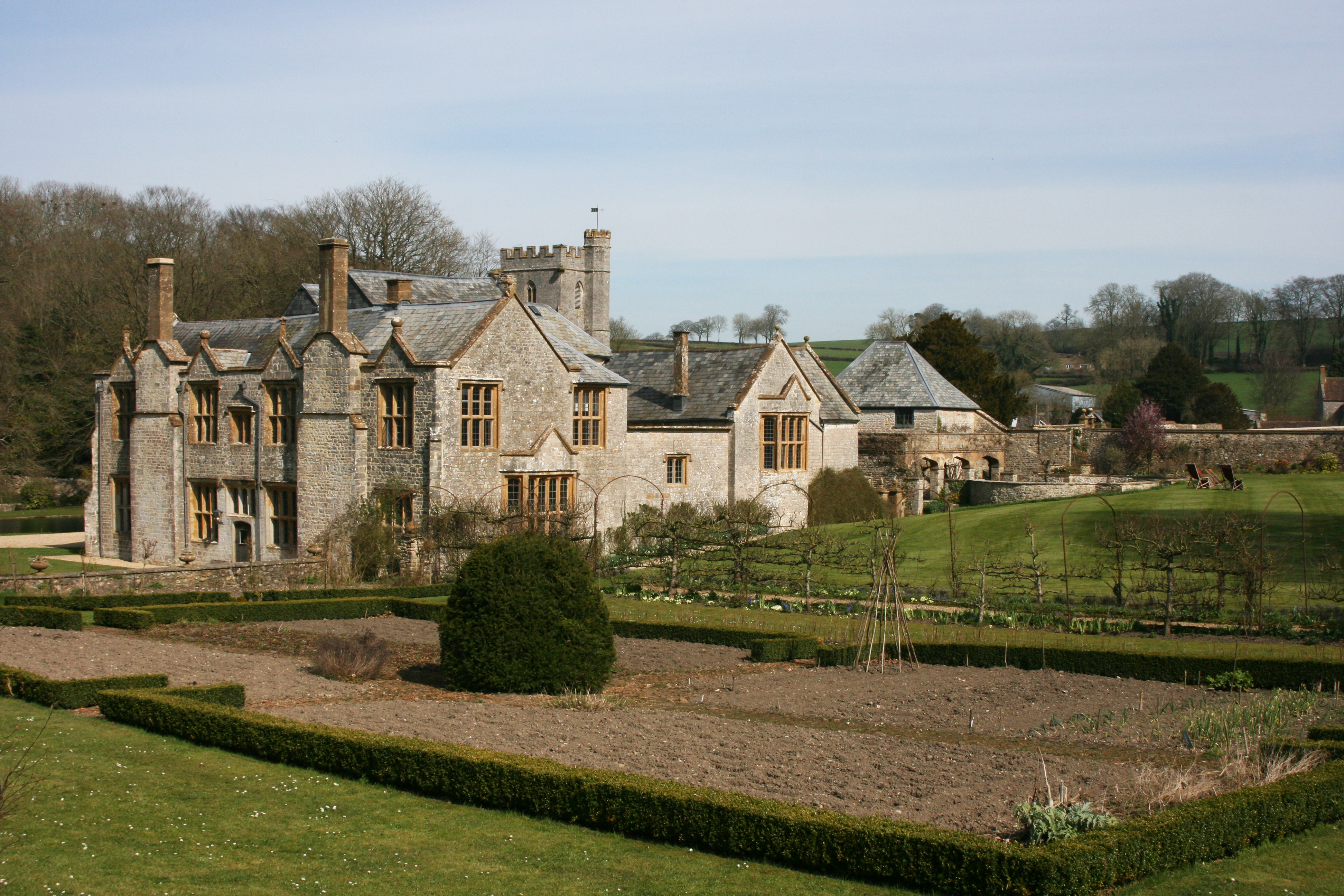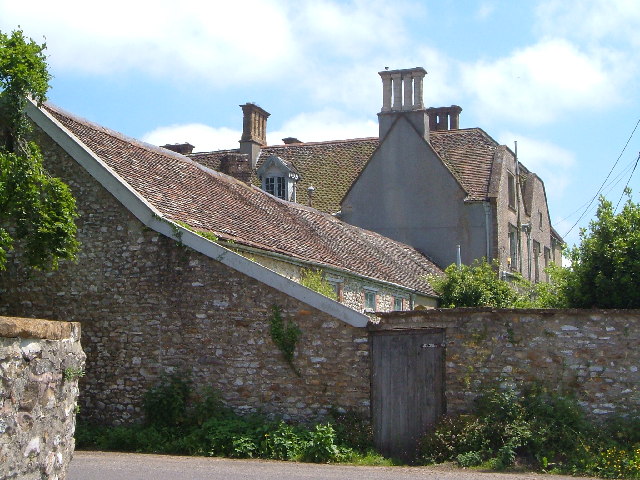Cinder Hill
Hill, Mountain in Somerset South Somerset
England
Cinder Hill

Cinder Hill is a prominent hill located in Somerset, England. With an elevation of approximately 296 meters (971 feet), it is classified as a hill rather than a mountain. The hill is situated near the village of Priddy, which lies within the Mendip Hills Area of Outstanding Natural Beauty.
Cinder Hill is renowned for its distinctive appearance, characterized by its steep slopes covered in rough grassland and heather. The name "Cinder Hill" originates from the numerous fragments of small coal, known as cinder, that can be found scattered across the terrain. These fragments are remnants of the coal mining activities that took place in the area during the 19th and early 20th centuries.
The hill offers breathtaking panoramic views of the surrounding countryside, making it a popular destination for hikers, nature enthusiasts, and photographers. On a clear day, visitors can enjoy sweeping vistas of the Mendip Hills, the Somerset Levels, and even as far as the Bristol Channel.
The area surrounding Cinder Hill is also rich in biodiversity. The hill is home to a variety of plant species, including heather, gorse, and bracken. It provides habitat for several bird species, such as skylarks and stonechats, as well as various insects and small mammals.
Cinder Hill is easily accessible, with several footpaths and trails leading to its summit. It offers a peaceful and tranquil setting for those seeking to escape the hustle and bustle of everyday life and immerse themselves in the beauty of the Somerset countryside.
If you have any feedback on the listing, please let us know in the comments section below.
Cinder Hill Images
Images are sourced within 2km of 50.896337/-3.0427186 or Grid Reference ST2611. Thanks to Geograph Open Source API. All images are credited.

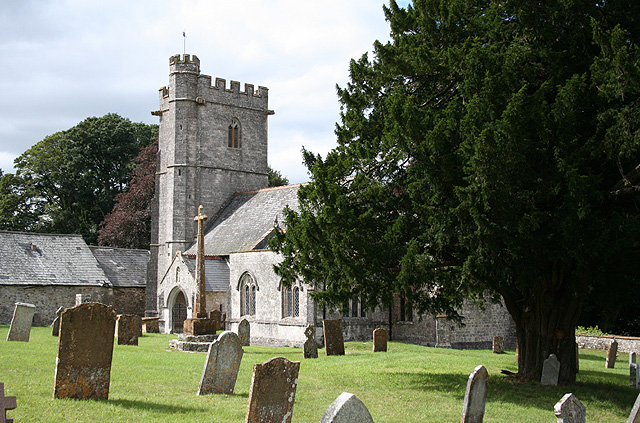
![Buckland St Mary: The Old Smithy, Newtown The property extends down to the A30 Trunk Road. William Stone, a wheelwright and carpenter, operated here from at least 1836 until his death sometime before 1851. The smithy itself stood in the fork of the main road and this lane. The business continued in existence until the 1940s.
[Source: Derrick Warren. Under the Spreading Chestnut Tree. Article in Bulletin 78, of the Somerset Industrial Archaeological Society, August 1998]](https://s1.geograph.org.uk/photos/22/84/228497_1f925aa7.jpg)

Cinder Hill is located at Grid Ref: ST2611 (Lat: 50.896337, Lng: -3.0427186)
Administrative County: Somerset
District: South Somerset
Police Authority: Avon and Somerset
What 3 Words
///crops.reseller.conveys. Near Chard, Somerset
Nearby Locations
Related Wikis
Long Lye Meadow
Long Lye Meadow (grid reference ST267119) is a 3.3 hectare biological Site of Special Scientific Interest at Buckland St Mary in the Blackdown Hills, Somerset...
Long Lye
Long Lye (grid reference ST265122) is an 11.7 hectare (29.0 acre) biological Site of Special Scientific Interest at Buckland St Mary in the Blackdown Hills...
Marsh, Devon
Marsh is a village in the Blackdown Hills, Devon, England. It is part of the East Devon district, and close to the River Yarty and border with Somerset...
Whitestaunton Manor
Whitestaunton Manor in the village of Whitestaunton, Somerset, England was built in the 15th century as a Hall house and has been designated as a Grade...
Whitestaunton
Whitestaunton is a village and civil parish in the South Somerset district of Somerset, England. The parish includes the hamlet of Northay. It was known...
St Andrew's Church, Whitestaunton
The Church of St Andrew in Whitestaunton, Somerset, England, dates from the 13th century and has been designated as a Grade I listed building.The Perpendicular...
Freshmoor
Freshmoor (grid reference ST280125) is an 11.2 hectare (27.7 acre) biological Site of Special Scientific Interest in Somerset, notified in 1989. Freshmoor...
Buckland St Mary
Buckland St Mary is a village and parish in Somerset, England, situated 6 miles (9.7 km) to the west of Ilminster and 8 miles (12.9 km) south of Taunton...
Nearby Amenities
Located within 500m of 50.896337,-3.0427186Have you been to Cinder Hill?
Leave your review of Cinder Hill below (or comments, questions and feedback).


